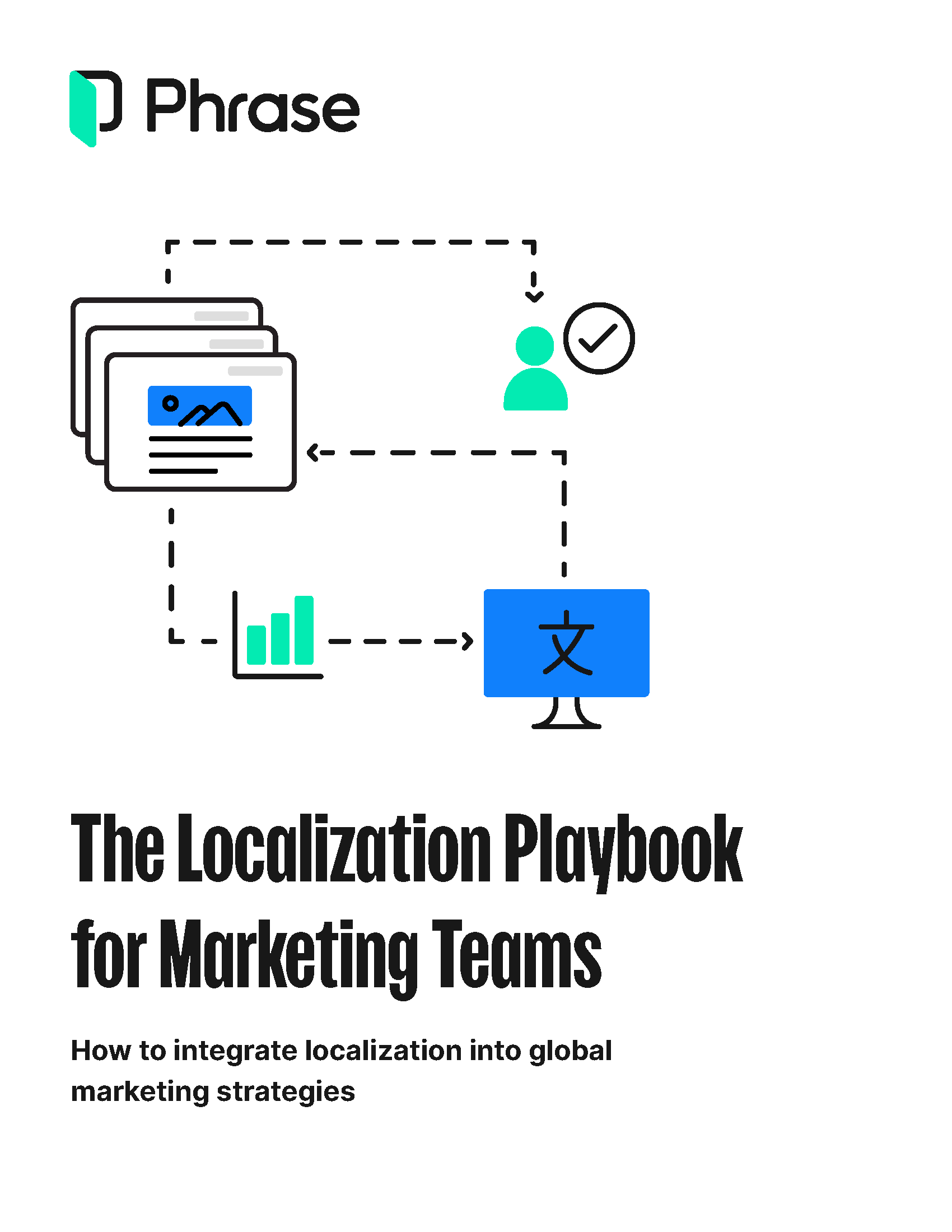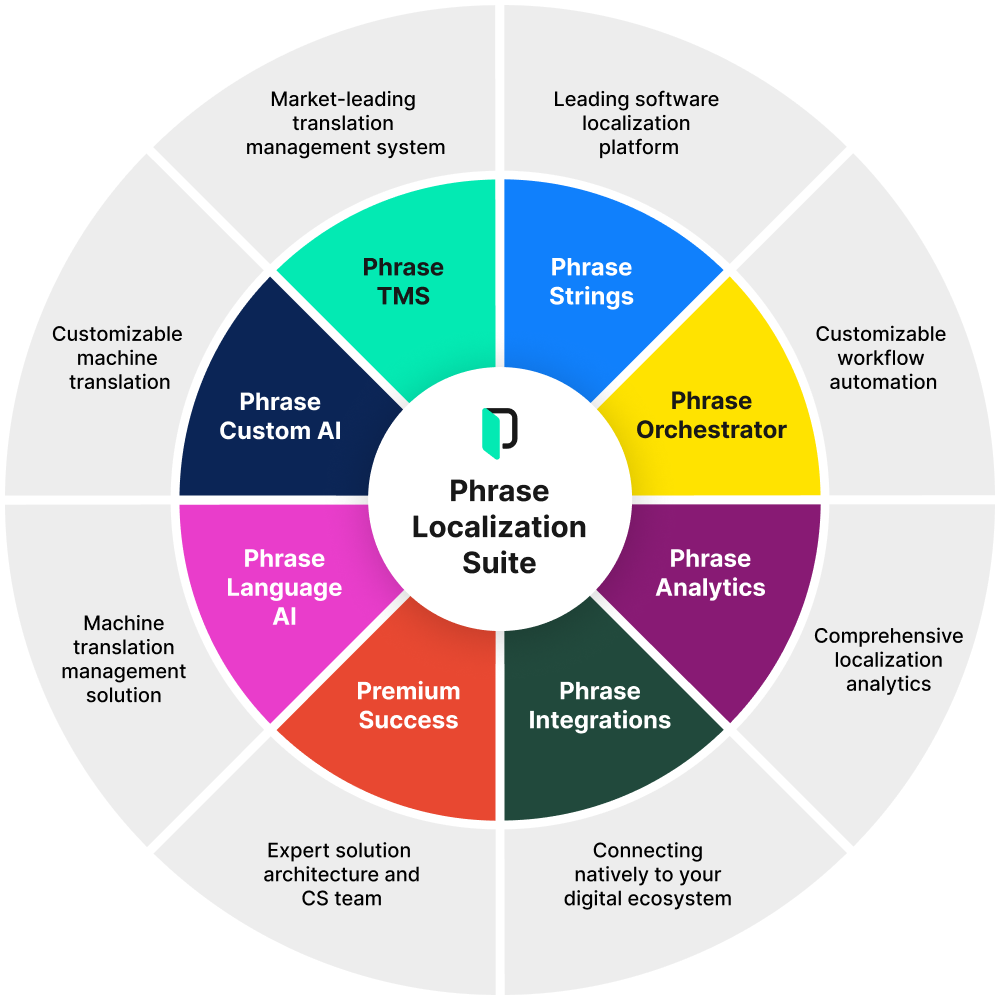Localization strategy
Global Game Promotion: Localization Tactics for Marketing Teams

Video gamers globally are quick to adapt to change, and video games—be it for entertainment or competition—have embraced the digital era with open arms. Ideally, like any popular global product, video games should cater to the diverse preferences of gaming communities worldwide. Neglecting to do so could potentially risk the popularity of even the most engaging games.
Game localization allows businesses to create games that resonate with people from various cultural backgrounds, fostering increased player engagement and global revenue. However, to break through the clutter in the highly saturated video game market, potential players must know the game exists. This is where effective marketing teams act as a “come-hither” finger.
Through targeted campaigns, marketing teams consistently beckon potential gamers to try out the product—and just like the innocent single-finger beckon in the US is demeaning in Japan, a one-size-fits-all global marketing strategy can do more harm than good. Read on to discover the 5 crucial steps to tailor a marketing strategy that effectively promotes video games on a global scale.
Marketing video games worldwide is no small feat
With the nuances of different languages, cultures, economies, and gaming preferences in mind, marketing teams are faced with a genuine puzzle when trying to market games to players worldwide.
For publishers to thrive in the evolving global game market, marketing teams must:
- Understand the target market and audience: Get to know your gaming audience in each target market by recognizing local gaming preferences, trends, values, etc.
- Speak the player’s language: Incorporate gaming slang unique to each region to ensure your messaging authentically resonates with the local gaming community.
- Tailor campaigns for each region: Gamers in different countries may respond differently to various marketing strategies—from featuring user reviews to offering betas, demos, or trials.
- Use relevant promotion channels: Effective marketing channels vary by region. For example, while YouTube gaming channels may not yield optimal results in one country, they could be instrumental in reaching players in another.
- Nurture player relationships: Provide valuable content before players commit to a purchase. This approach extends beyond pushy sales tactics and is crucial for capturing and retaining a diverse global gaming audience.
The common denominator across these strategies is localization, underlining the importance of adjusting the entire gaming experience to align with the unique aspects of each target market.
Let’s take an in-depth look at how crafting an international marketing strategy centered around localization can help you connect and engage with players around the world.
Crafting a localized game promotion strategy
The key to building a strong marketing strategy that unlocks growth for game publishers is considering localization from the start—instead of relegating it to an afterthought.
By swapping half-translated copy, generic images that don’t jive with the culture, and out-of-context approaches for custom-built localized campaigns, software marketers can ensure that the customer journey is as smooth and glitch-free as possible from first contact to post-purchase interactions.
By replacing partially translated dialogues, generic visuals that don’t align with the culture, and out-of-context approaches to tailoring promotion campaigns, marketers can ensure a smoother and glitch-free game experience—from the first touchpoint to post-purchase interactions.
This requires making marketing localization an integral part of the entire promotion cycle—from analysis, design, and dialogue creation to execution and performance tracking.

FREE DOWNLOAD
Make global marketing strategies work in local markets
Harness the power of localization to effectively connect with audiences worldwide and discover best practices for making your next global marketing endeavor a success.
Here are 5 essential steps to a meticulously crafted, robust marketing strategy that not only captivates but also propels sustained growth across diverse gaming communities worldwide:
Explore each target market and develop local gamer profiles
What gaming markets have a growing GDP and increased disposable income? What local activation methods can you use to unearth untapped potential in growth areas? Which gamer demographics are you targeting, and how does your existing website content resonate with them? How do competitor gaming sites approach the same player group? What challenges can your game address for players in each target market?
In response to these questions, you should emerge with an in-depth exploration of each gaming market and local player profiles that consider unique market characteristics—demographics, behaviors, gaming preferences, etc. This process will offer valuable insight into the cultural nuances of different gaming communities and the gaming challenges that drive player engagement in those regions.
Compile comprehensive information about your current and potential player base and leverage it to shape your marketing localization strategy. Often, there are more accessible opportunities than you might realize. For example, if you notice a significant number of website visitors from Germany or Austria, but your game isn’t available in German, that’s a clear opportunity for localization.
Establish a cross-functional team with localization expertise in key gaming markets
To ensure seamless and efficient localization, it’s a smart move to put together a dedicated unit of contributors from various teams: gaming strategists, localization specialists, copywriters, designers, developers, producers, project managers, and more.
Additionally, designate a localization manager, closely collaborating with on-the-ground marketing teams in each gaming region. This approach ensures that gaming localization seamlessly integrates into the company’s global marketing strategy.
Crucial to this process is to work with quality leads in the local market—enlisting help from in-house or outsourced linguists or in-country game testers. They are essential not only for flagging any potential issues in localized game versions but also for driving local activation efforts, such as engaging with local press or influencers.
Ultimately, any cross-functional localization team needs shared goals and data. Fostering a collective understanding of key marketing and localization-specific metrics allows teams to make informed decisions and optimize localized assets. For example, if the goal is to enhance click-through rates (CTRs), translators can concentrate on adapting CTAs in a way that resonates with players in different gaming markets.
Create audience-specific content
If you have a substantial amount of content in English, it might be tempting to just send it off for translation and call it a day. However, text that doesn’t consider cultural nuances, local preferences, and audience habits may fall short and fail to be immersive or effective. Being audience-specific might mean revising copy, developing video content, adjusting email templates, and more.
Some assets, such as app store descriptions, might need to be completely remade from scratch or highly localized to account for the absence of equivalent keywords, different search intents, varying format and content expectations—even when the keyword translates well into the target language.
Other assets can be more conducive to traditional translation, such as in-game descriptions. For patch notes or user-generated reviews, on the other hand, machine translation might be enough.
On-demand webinar
How marketers can effectively leverage machine translation
Learn from our expert panel how to keep up with the ever-growing demand for translated content and to scale to new markets without compromising your brand.
Prioritize assets for localization based on their return on investment
You don’t always have to go all-in with localization right from the start. Instead of committing to full-scale localization from the outset, take the time to evaluate each asset’s potential ROI.
In many cases, it’s practical to start by localizing your most prominent assets and then gradually extending the effort. If you’re considering full localization, it can be beneficial to highlight the content types that won’t compromise the gaming experience when processed through machine translation.
For less frequently visited or non-critical content, initially turning to machine translation is a practical choice. You can also consider having a linguist refine the output as needed. For example, players don’t typically expect the same linguistic precision in user reviews on the app store—a space with dynamic and quickly perishable content—as they would in a testimonial prominently featured on your homepage.
Similarly, a CTA placed below the fold on your homepage should always be adapted by a professional linguist for maximum impact, while the footer of your product page can be safely machine-translated with minor adjustments.
Tap into the potential of localization technology to handle the heavy lifting
Regardless of the particular localization setup you choose, incorporating automation is essential for streamlining the localization workflow. By seamlessly integrating the right technology into your digital ecosystem, you can guarantee efficient delivery and allocate resources to more strategic initiatives. The level of automation and vital features needed can differ based on factors such as company size, content type, and target languages.
That’s why, as a baseline, any marketing localization process should include:
- A centralized hub for all your multilingual assets: This is essential for storing all your localization assets, managing content in multiple languages, reusing previously translated material, tracking progress and performance, sharing terminology and contextual data with translators, and generating reports for informed decision-making.
- Seamless integrations with third-party marketing software: Your chosen localization platform should seamlessly integrate—without any extra layers—with the rest of your marketing tech tools. Whether it’s your CRM, CMS, ecommerce platform, or marketing automation tools, system integration is what enables scalable marketing localization.
- Open lines of communication: When team members from different departments involved in the localization process can communicate efficiently, bottlenecks are quickly resolved, and issues can be addressed faster. For instance, marketers can provide feedback or clarification directly to translators, and translators can request designers to accommodate space for UI elements with longer translations.
Take game marketing localization to the next level with Phrase
Embracing localization technology is pivotal to amplifying the reach of your international game promotion efforts. Trailblazing video game companies worldwide rely on Phrase—a fully integrated suite of translation automation technology—to reach more players, make deeper connections, and drive global growth.

The Phrase Localization Platform seamlessly connects with your digital ecosystem, catering to your current needs while scaling effortlessly as your requirements evolve. Add fully flexible pricing, and it’s clear why game producers globally prefer Phrase for launching multilingual campaigns with top-notch quality and consistency:
- Streamline manual or repetitive translation tasks with smart automation.
- Centralize all files and orchestrate entire translation workflows in a unified, cloud-based localization suite designed for the unique needs of marketing teams.
- Facilitate seamless collaboration among team members spanning different time zones.
- Unlock the combined potential of established translation technology, incorporating CAT tools, along with the advanced capabilities of AI-powered machine translation.
- Send your content for translation using familiar file formats such as DOCX, PSD, SVG, HTML, and more.
- Offer valuable context for linguists by adding screenshots or comments to translation strings.
- Allow linguists to review their work in its native format with real-time changes through an in-context preview.
- Leverage out-of-the-box integrations with your preferred marketing automation platform.
Speak with an expert
Want to learn how our solutions can help you unlock global opportunity? We’d be happy to show you around the Phrase Localization Platform and answer any questions you may have.




